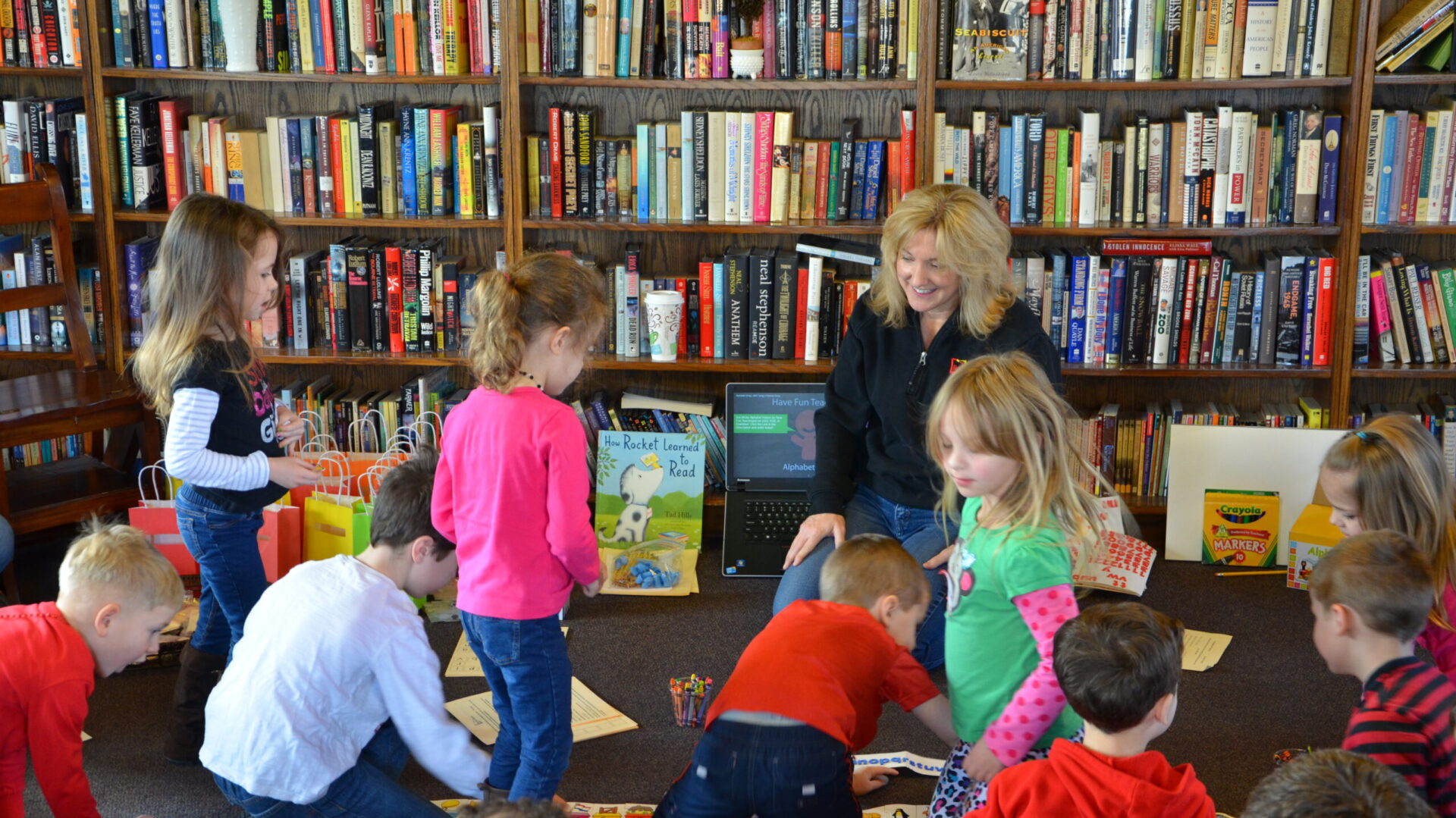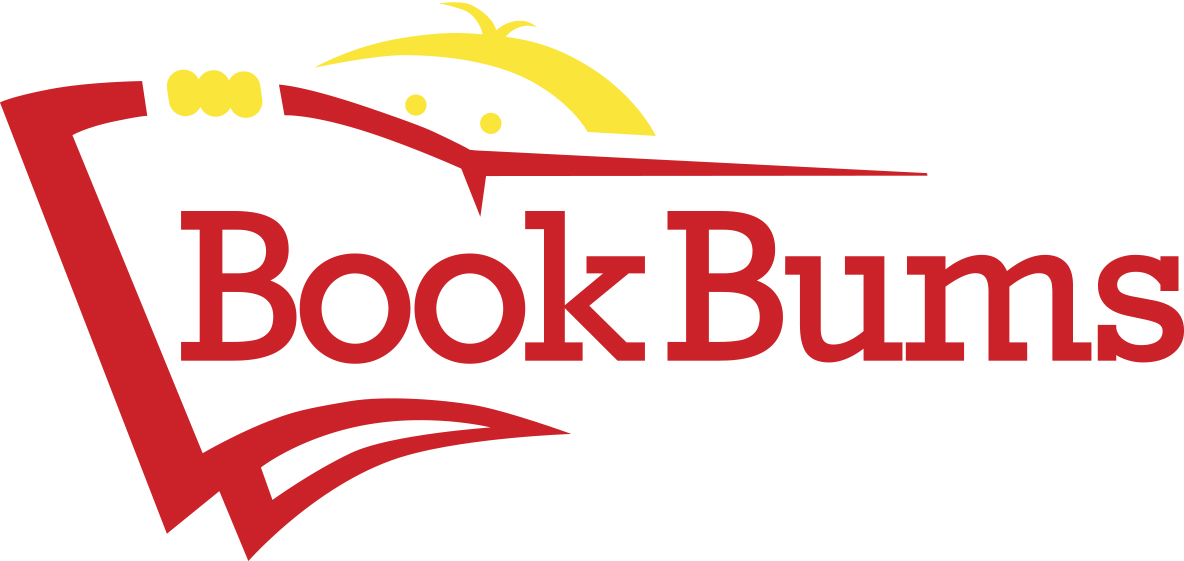
Hello Book Bums families!
Happy Summer! We wish you a season of rest, fun, and new experiences! This week in the newsletter we're thinking about enriching experiences, growing skills, and of course - books. Read on for lots of summer ideas. And remember, you can always get in touch by responding to this email. We love to hear from you!

Bookbums.com is an Amazon Associate; We earn from qualifying purchases. This means that if you click on a link to Amazon.com and make a purchase, We may earn a small commission at no extra cost to you. We do recommend the products. Feel free to find them by other means.
Word of the Week
sweltering (swell-tur-ing) adjective/describing word - very hot
Summer has arrived, and the weather can be sweltering.
Literary Calendar
• May 29 is the birthday of children's author Andrew Clements.
• Clements is the author of the dozens of realistic fiction chapter books including Frindle, The Report Card, and The Landry News.
"But of course, all of this is just a silly fad, and when you add an "e" to fad, you get fade. And I predict this fad will fade."
- Andrew Clements from Frindle
Tips for Families
Summertime is perfect for hosting small, fun-focused events with your kids. Even extraordinarily busy families can spend a few hours creating experiences that will be long remembered.
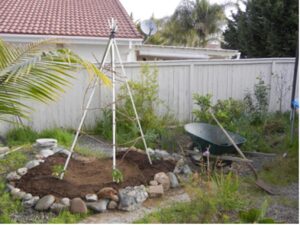
Whether you have a garden or not, you might want to try growing a bean teepee with your younger readers. It’s easy, and it makes a magical little reading spot for hot summer days. Not only that, but you can eat the beans that grow on the teepee, too!
You’ll need three fairly tall poles. We used bamboo, but you can use what you have on hand. You’ll also need some twine or another kind of sturdy string to connect the three poles at the top and to support the beans as they grow. Finally, you’ll need some pole bean seeds. You can get them anywhere you purchase seeds. Plant the beans in the ground or even in three large pots if you want a grassy floor for your teepee. Ensure that the seeds get plenty of sunlight and water, and watch your teepee come to life!
Of course, you can learn about what those beans are actually doing underground by reading this book . . .
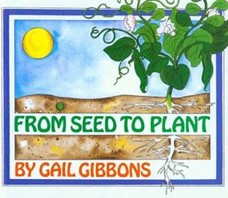
and/or watching this video.
You can even toss a few extra bean seeds into a jar with a wet paper towel so your kids can observe what the seeds are doing in the ground.

This would also be a great time to retell the story of Jack and the Beanstalk.
From our Bookshelves
From Our Bookshelves
The I Survived series is great for kids who love to learn but don’t necessarily love to read. The topics are so good at capturing kids’ attention because the first chapter plunges the reader into the most exciting part of the story. Then, the second chapter takes the reader back in time—to before that main event took place. This is often tricky to navigate, so beginning chapter book readers may need a bit of support, however this is a common writing pattern, and kids need to be taught ways authors can move readers back and forth through time. By the third chapter, readers are hooked and they just want to keep reading!
Each book in the series tells a terrifying and thrilling story from history, through the eyes of a kid who lived to tell the tale. This an older series, so you can typically find inexpensive copies at discount bookstores. This might be really good to know, because once kids get into the first book, it won’t be long until they’re ready for another one! Titles include: I Survived The Sinking of the Titanic, The Shark Attacks of 1916, Hurricane Katrina, The Battle of Gettysburg, and The San Francisco Earthquake. They are ideal for kids in grades 2 and up.

Tips for Readers and Writers
Are you hoping to work with your kids this summer to improve a particular skill? Maybe it’s math facts (Try Tap Math. We love that app.!), or maybe it’s tying shoes. Whatever the topic, here are some tips to make the practice both fun and effective:
• Schedule your activity time for when your children will receive it best. Make it a date! (Asking kids to come in from playing with friends or to turn off the video game to “get this stuff done” isn’t inspiring.)
• Smile a lot. Laugh. Give words of encouragement—but keep it real.Kids know when we’re faking!
• Avoid saying, “You’re so smart.” If children hear these words when they do something well, they may be less inclined to take risks the next time because they don’t want to lose their “smart” status.
• Avoid saying, “No.” If your children do something incorrectly, recognize that you understand why they thought that (if it’s true), then provide the correct response, and give a quick tip so they can get it the next time. Ask someone to watch you to be sure you’re not furrowing your brow or shaking your head –no– when you’re working with your children. Sometimes we don’t even know that our very demeanor appears negative.
• If your children don’t get it, spend some time modeling correct responses. Remember, you’re teaching not quizzing.
• Continually monitor your children’s levels of engagement. Quit before they lose interest. Leave them eager to begin again the next time. Do not set a timer or make bribes. This time should feel like it is the reward. It should not require one.
• You may, certainly, repeat lessons if additional practice is needed. Keep coming back to the tricky ones.
• Remember that you don’t have to be captivating. Strive instead to be captivated (by your child). S/he truly is a marvel. Am I right?
• Finally, share your successes! Have your children show off their new skills with others. Genuine praise is pure glory!
Poem of the Month
We so enjoyed sharing poetry during National Poetry Month in April, that we decided to keep going. Look for poetry here in the newsletter at least once a month. Today we're sharing "Invitation" and "The Poet Tree" by Shel Silverstein
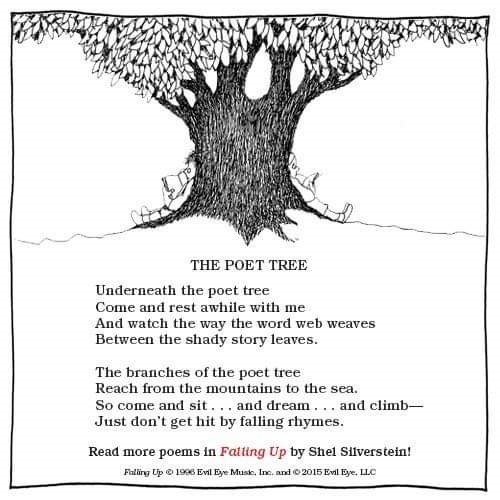
Practical Grammar
Is it finished or is it done?
Evidently, “Cakes are done, but people are finished,” is a saying that helps grammar-aware language users keep the meanings of done and finished from losing their distinct meanings. The word done means something that has been brought to a conclusion as in The cake is done, so I took it out of the oven. The word finished means completed or concluded like Now that the cake is ready and the dishes are clean, I’m finished working in the kitchen. You should know that done and finished are synonyms listed for one another in a thesaurus, though, because (as we’re seeing a lot these days) the “correct usage” has been slowly fading in modern times. It might be helpful to remember that finished is often used to indicate that something has been totally completed. You might be done with a task, but the whole project is finished when all the tasks have been completed.
Well, that’s it. This newsletter is . . .
a) done
b) finished
c) Both sound right to me!
d) Neither one sounds right. It should be ______.
*The newsletter is done, and I’m finished.
Remember, “Cakes are done, but people are finished.”
If you know someone who would benefit from our newsletter or tutoring at Book Bums, please share this email with them! Thank you.
Copyright © 2024 Book Bums, All rights reserved
Our mailing address is:
7967 Cincinnati-Dayton Road Suite L
West Chester, OH 45069

